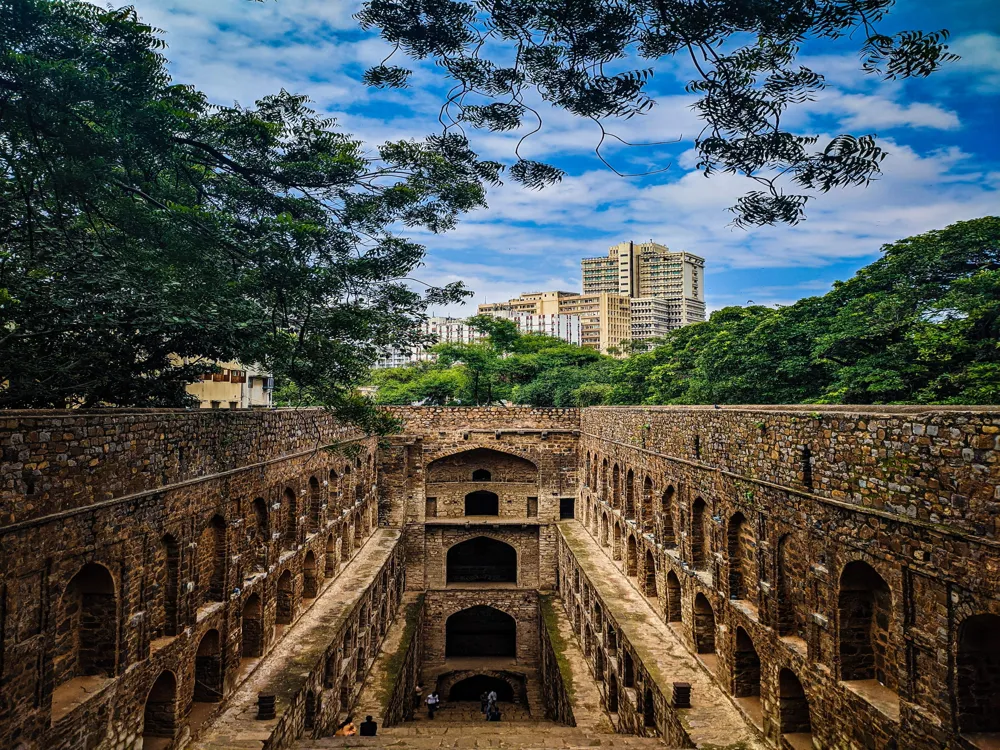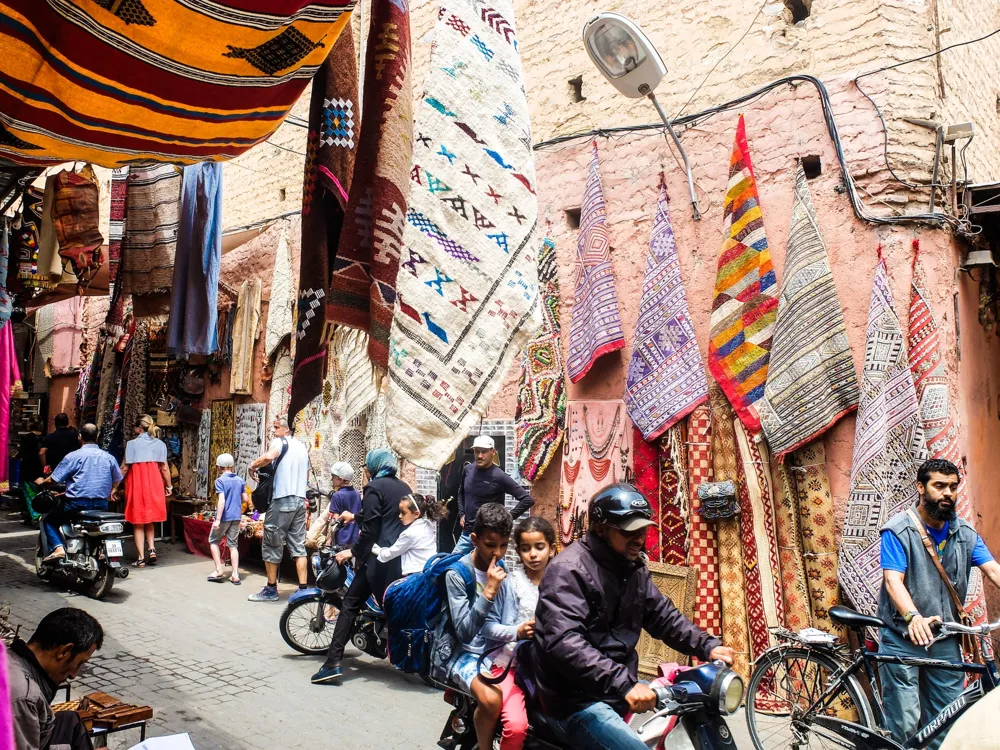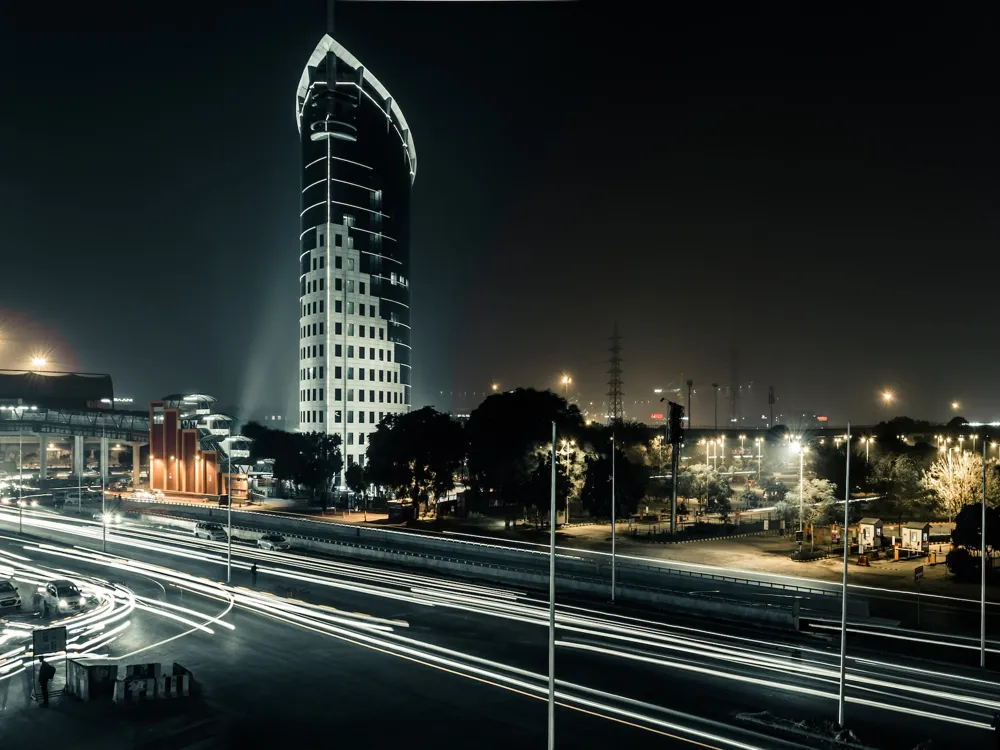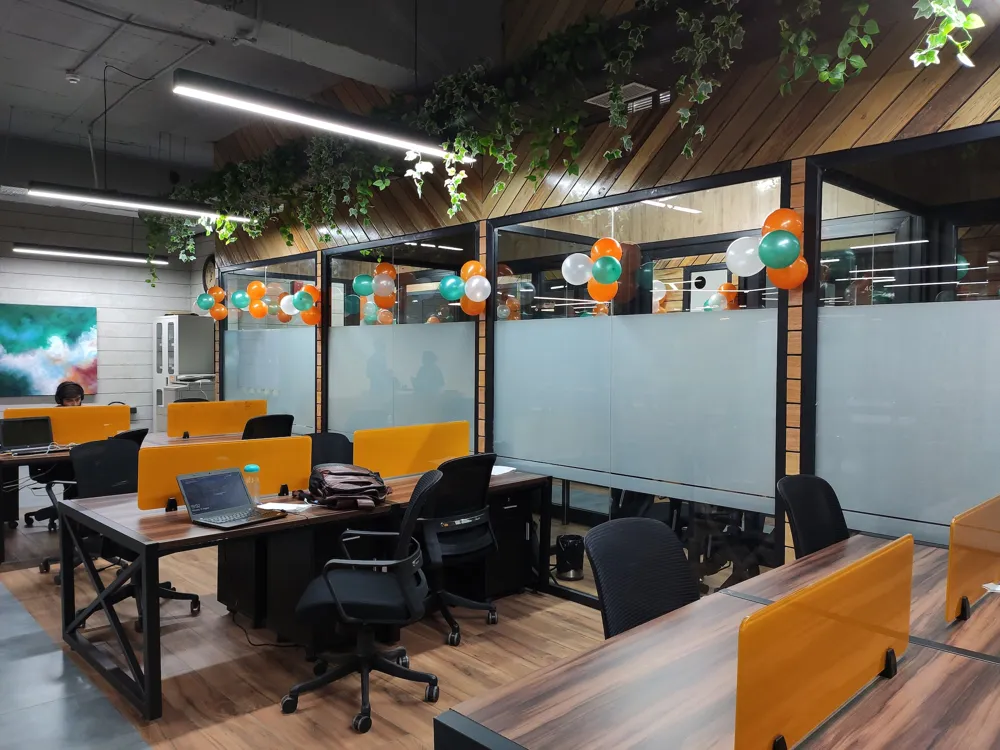The Chhatarpur Mandir, located in South Delhi, is a renowned spiritual and architectural marvel. This temple complex, one of the largest in India, is dedicated to Goddess Katyayani, a form of Goddess Durga. It stands out for its blend of North and South Indian architectural styles and its serene ambiance amidst the bustling city. The architecture of Chhatarpur Mandir is a splendid example of Indian craftsmanship. The temple, made entirely of white marble, features intricate carvings and designs that draw inspiration from both North and South Indian temple architecture. The sprawling complex includes multiple shrines, each showcasing a unique aspect of Hindu temple design. 1. Dress modestly as a sign of respect to the religious site. 1. Free parking is available but can get crowded during festivals. 1. Opt for a guided tour for a more insightful experience. Chhatarpur Mandir is easily accessible by various modes of transportation. The nearest metro station is Chhatarpur Metro Station, which is just a short walk away from the temple. Buses and auto-rickshaws are also readily available from different parts of Delhi. For those driving, the temple is well-connected by roads and has ample parking space. Read MoreOverview of Chhatarpur Mandir, South Delhi, Delhi NCR
Architecture of Chhatarpur Mandir
Tips When Visiting Chhatarpur Mandir
General Tips
2. Photography may be restricted in certain areas; always check for signs or ask for permission.
3. It's best to visit early in the morning to avoid crowds and experience the serene atmosphere.
4. Check for any special poojas or events during your visit for a unique experience.Facilities and Services
2. Basic amenities like restrooms and drinking water are available on-site.
3. Several small shops selling religious artifacts and prasad (offering) are present around the temple complex.Guided Tours
2. Guides are usually available at the entrance, but it's better to book in advance.
3. Ensure the guide is officially recognized by the temple authorities.How to Reach Chhatarpur Mandir
Chhatarpur Mandir
South Delhi
Delhi
Ncr
₹ 4,299 onwards
View delhi Packages
Weather :
Tags : Temple
Timings : 6:00 AM - 10:00 PM
Time Required : 1 - 2 hrs
Entry Fee : No Entry Fee
Planning a Trip? Ask Your Question
Delhi Travel Packages
View All Packages For Delhi
Top Hotel Collections for Delhi

Private Pool

Luxury Hotels

5-Star Hotels

Pet Friendly
Top Hotels Near Delhi
Other Top Ranking Places In Delhi
View All Places To Visit In delhi
View delhi Packages
Weather :
Tags : Temple
Timings : 6:00 AM - 10:00 PM
Time Required : 1 - 2 hrs
Entry Fee : No Entry Fee
Planning a Trip? Ask Your Question
Delhi Travel Packages
View All Packages For Delhi
Top Hotel Collections for Delhi

Private Pool

Luxury Hotels

5-Star Hotels

Pet Friendly






















